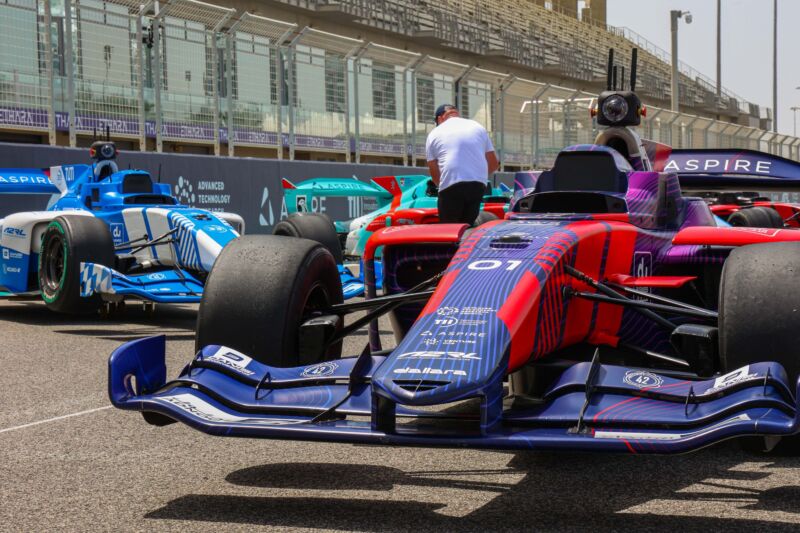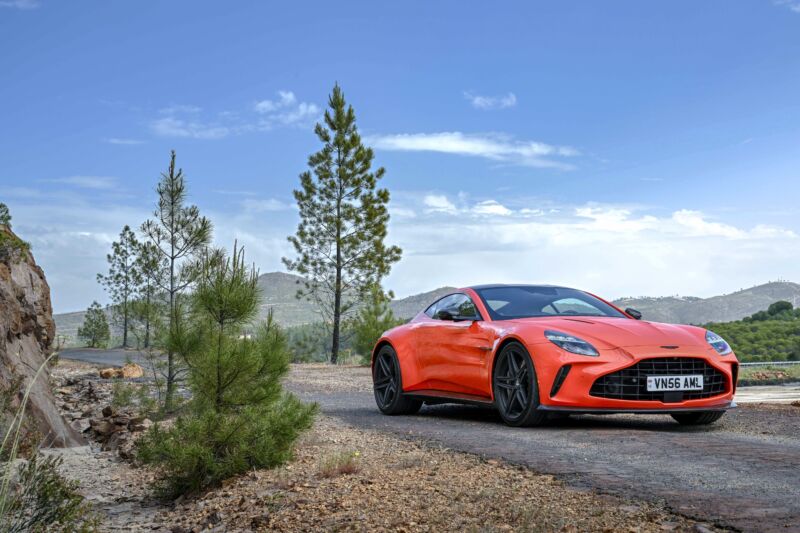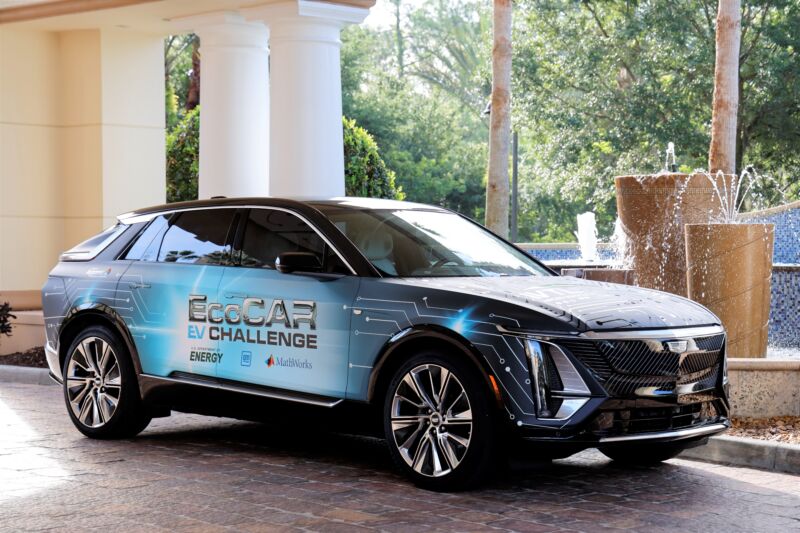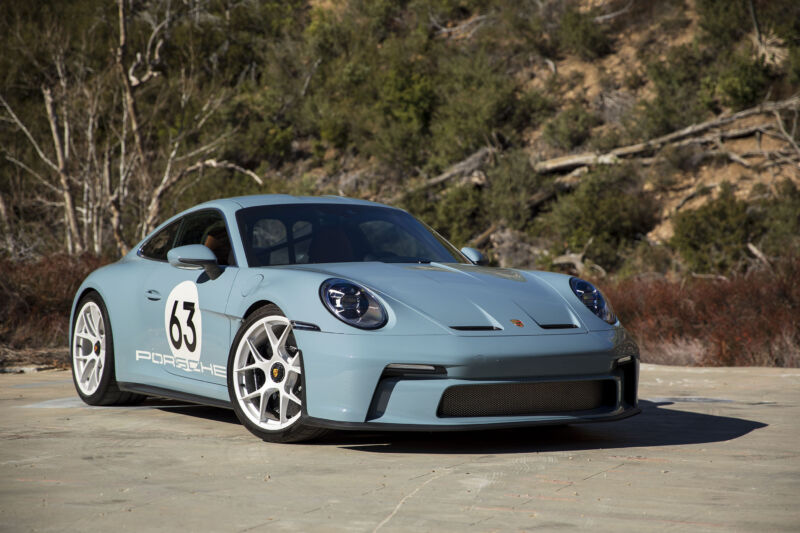Bugatti’s new hypercar loses the turbos for a screaming V16 hybrid

Enlarge / The Tourbillon is recognizable as a modern Bugatti, but it's very different under the skin. (credit: Bradley Iger)
Since the launch of the hypercar-defining Veyron back in 2005, modern Bugattis have served as benchmarks for straight-line performance and no-expense-spared automotive engineering. At a time when a 300 horsepower Mustang GT was something to crow about, the quad-turbocharged, W16-powered Veyron offered more than a thousand, metric (987 hp/736 kW).
Perhaps more importantly, and in contrast to most other world-beating performance cars, the Veyron wasn't presented as some skunkworks project that had been pushed to the ragged edge. Instead, it was a wholly realized ultra-luxury performance machine, replete with the sort of grand touring appointments you'd expect to find in a Bentley rather than a top-speed record holder.
Still, it was the numbers that instantly captivated enthusiasts and casual onlookers alike, and Bugatti would go on to reset the bar with the introduction of the 1,479 hp (1,102 kW) Chiron in 2016.






